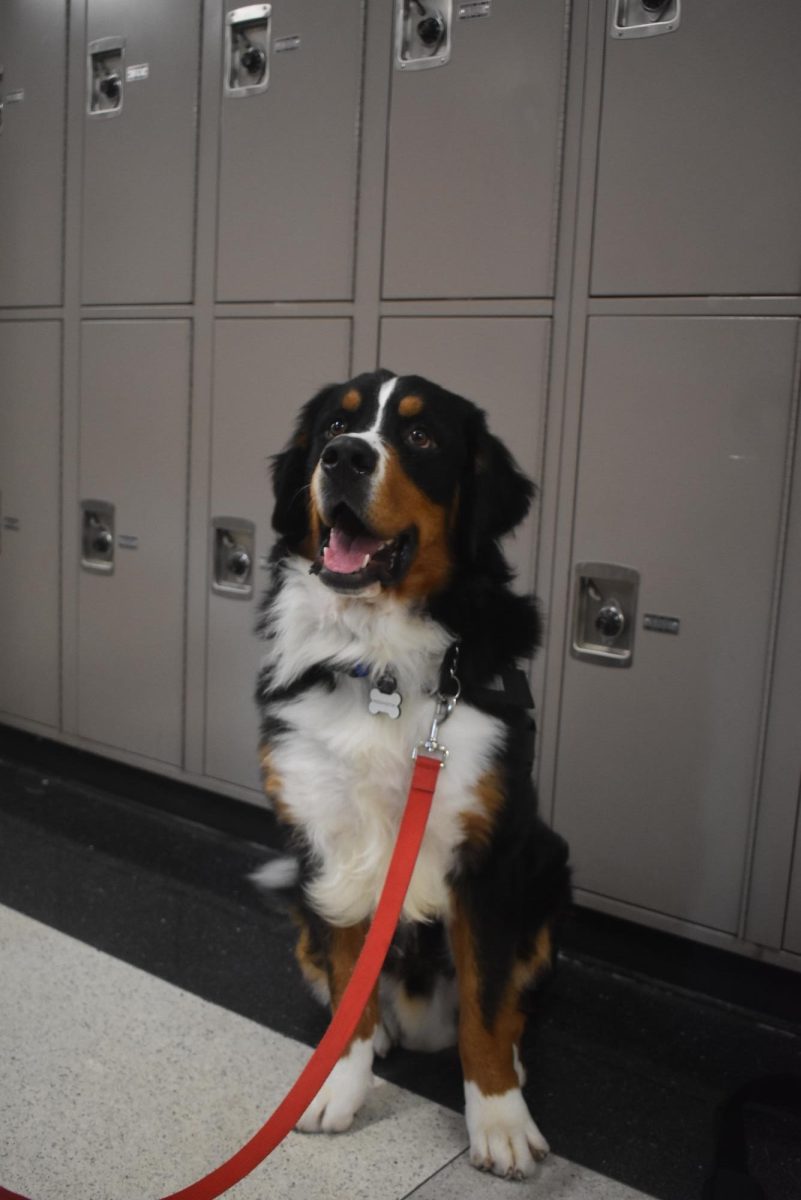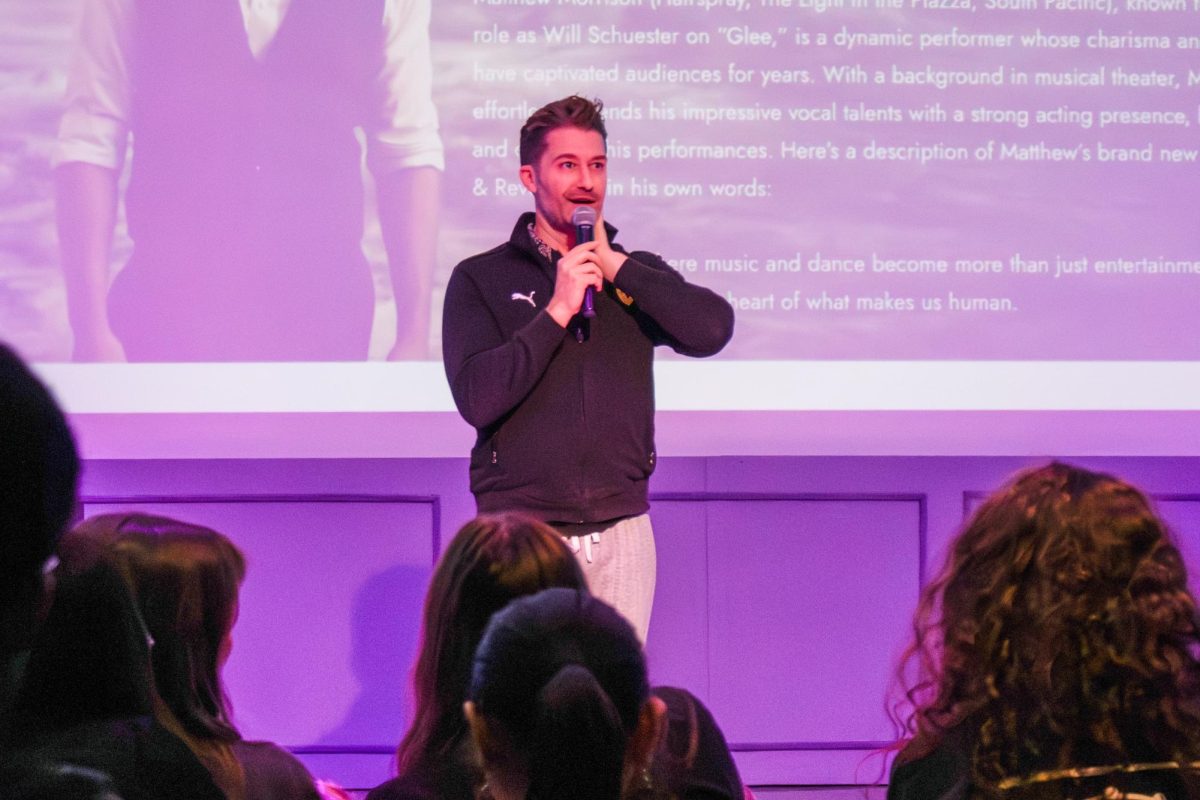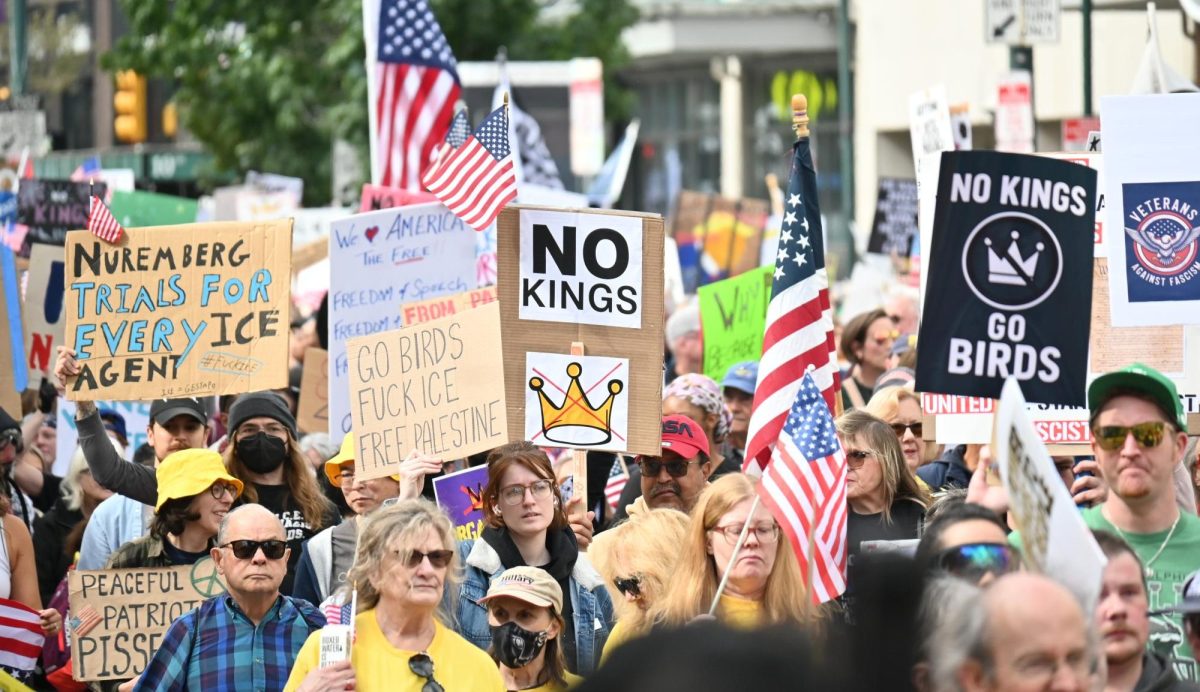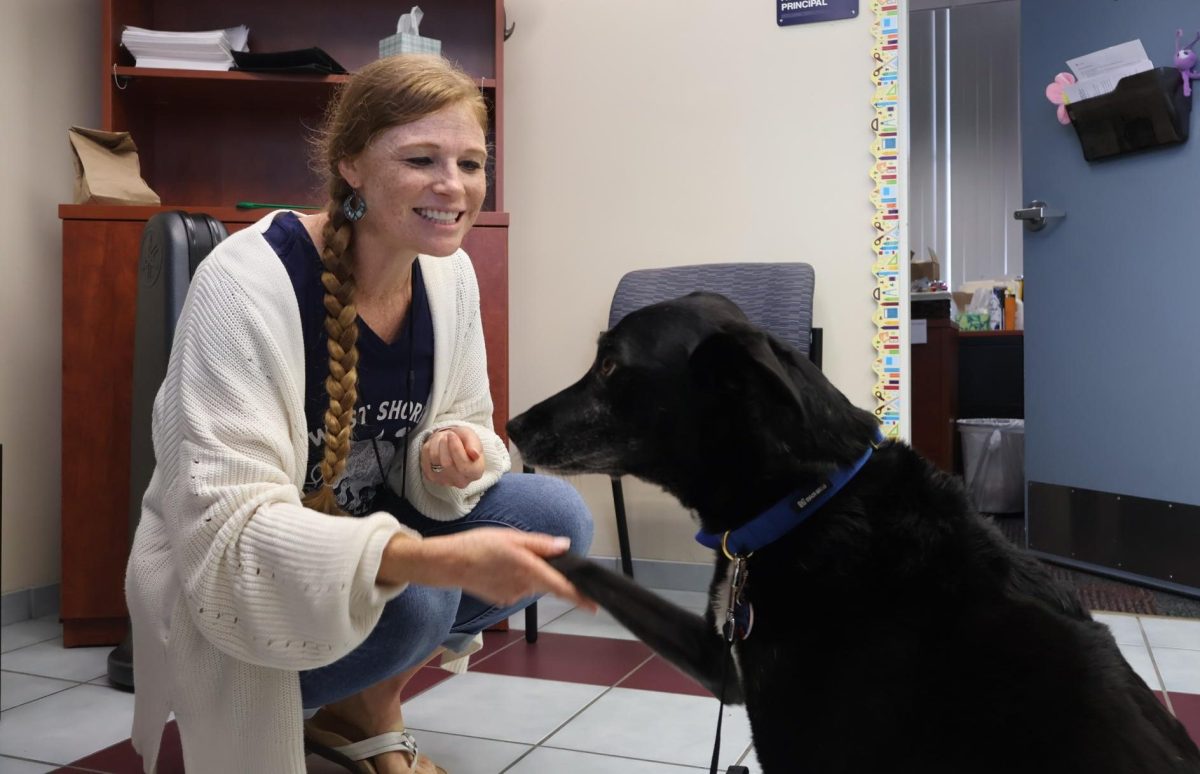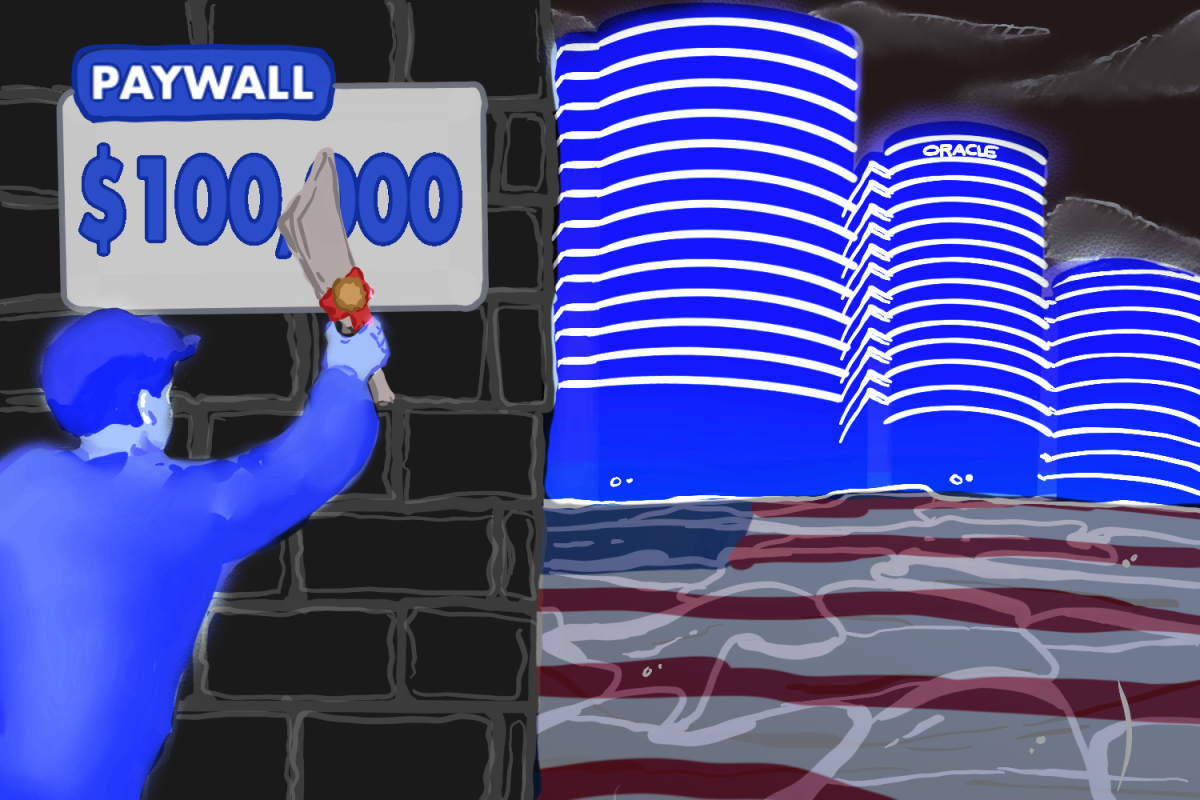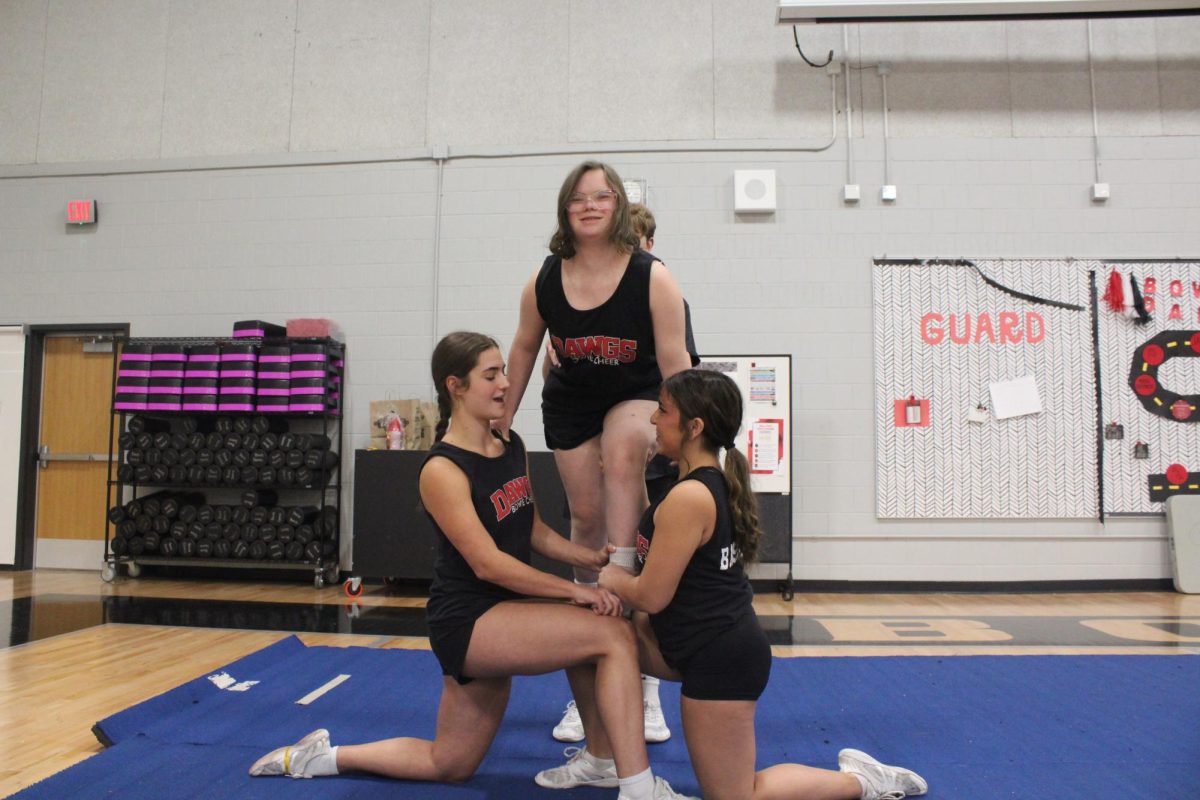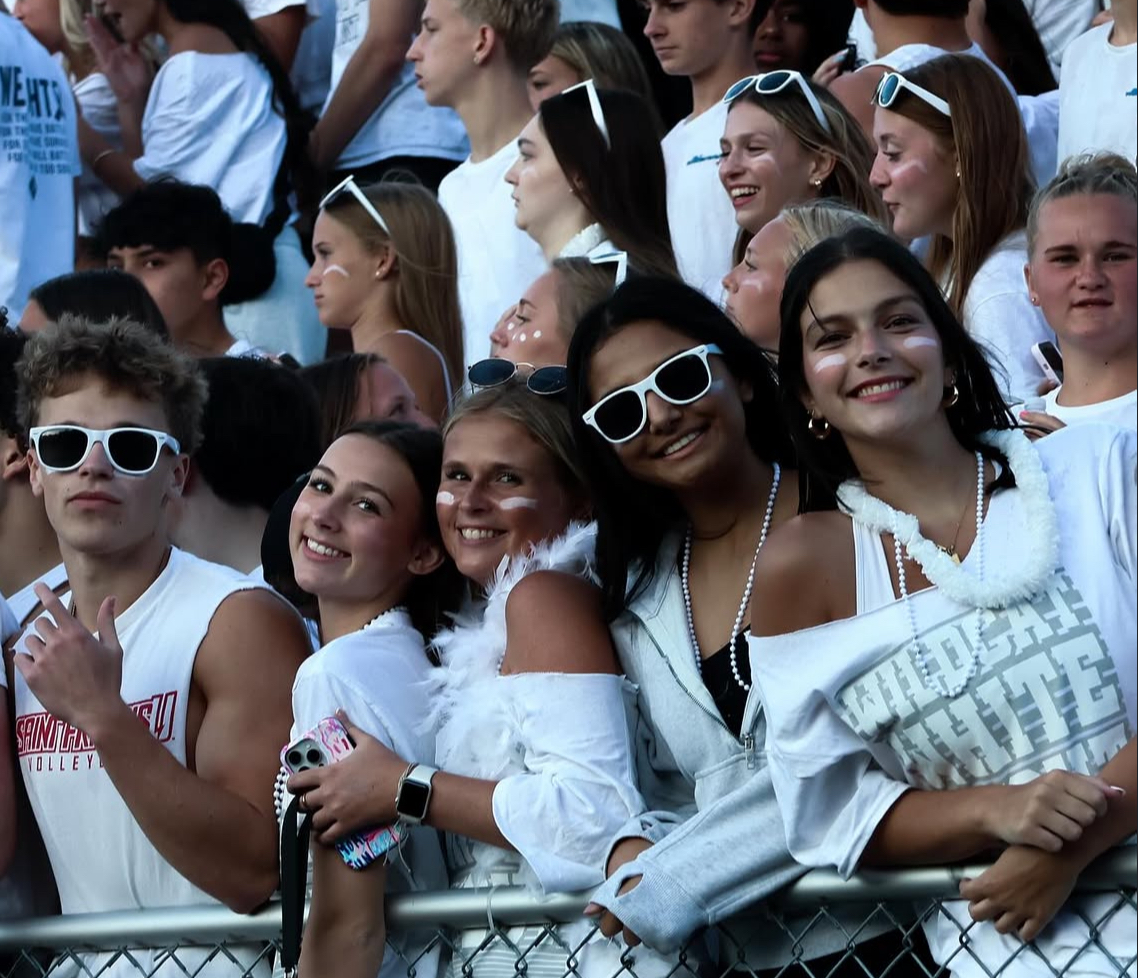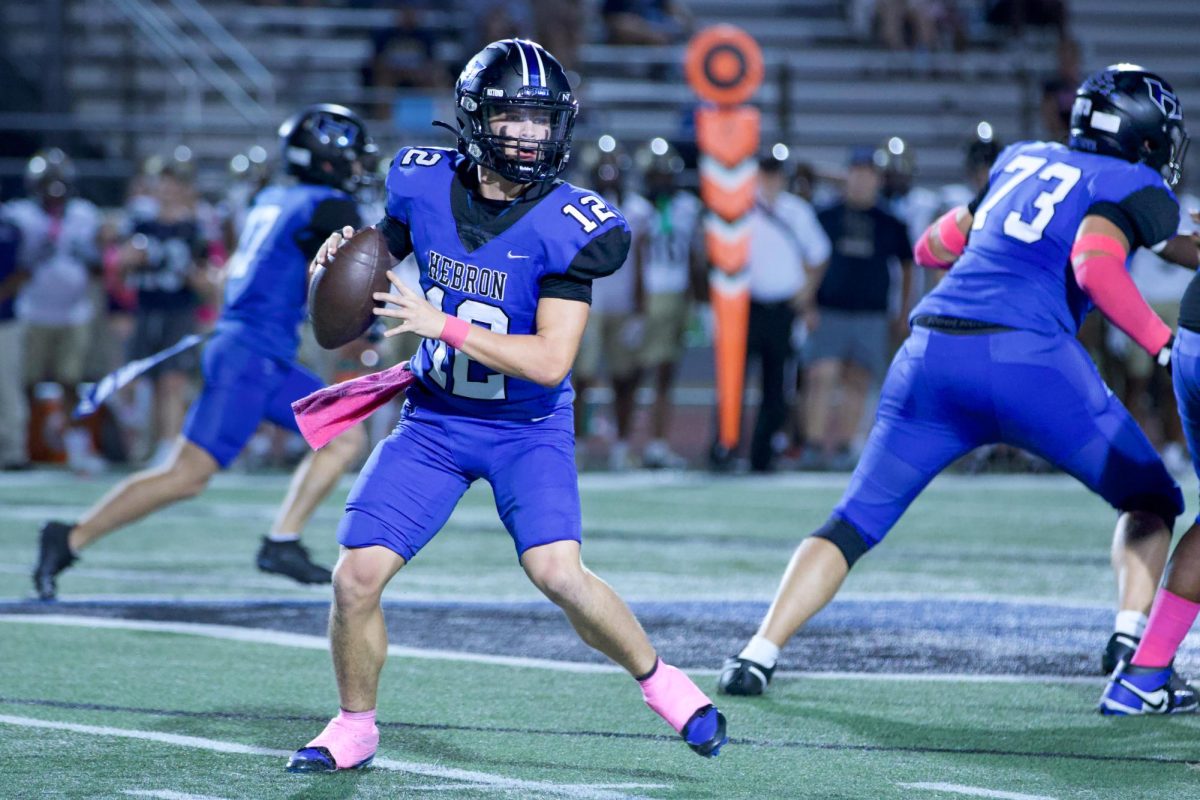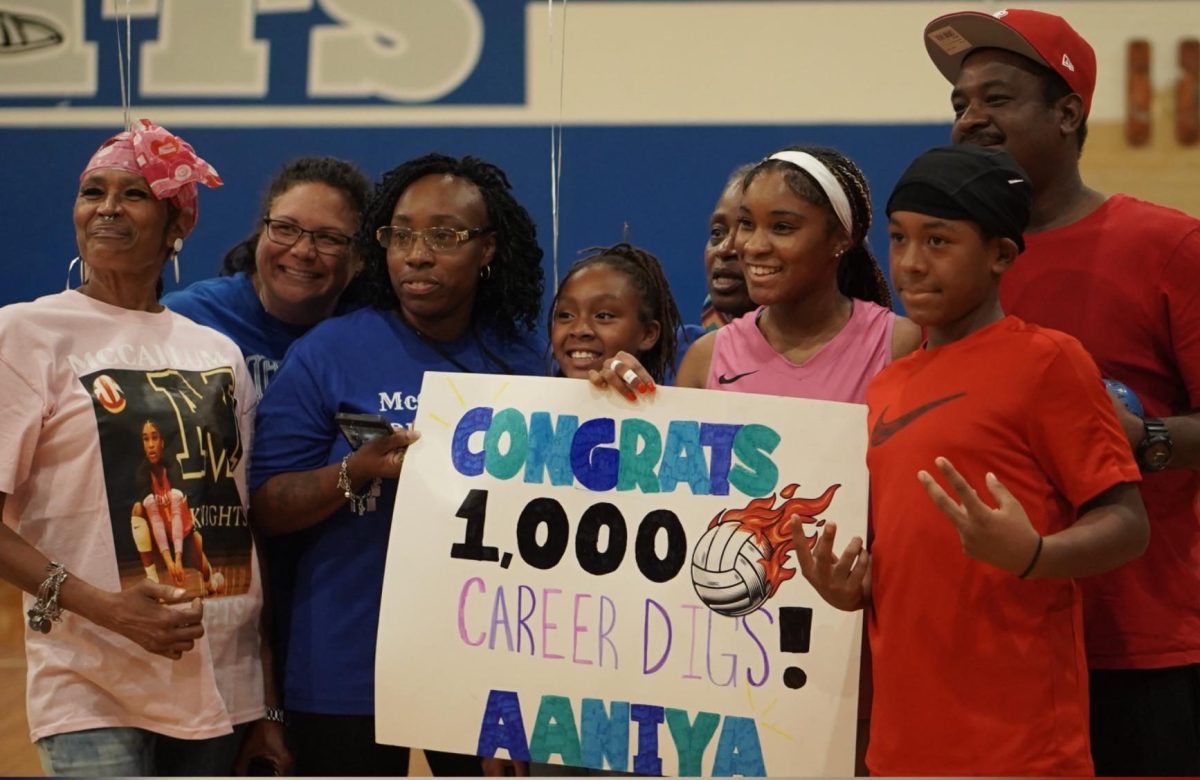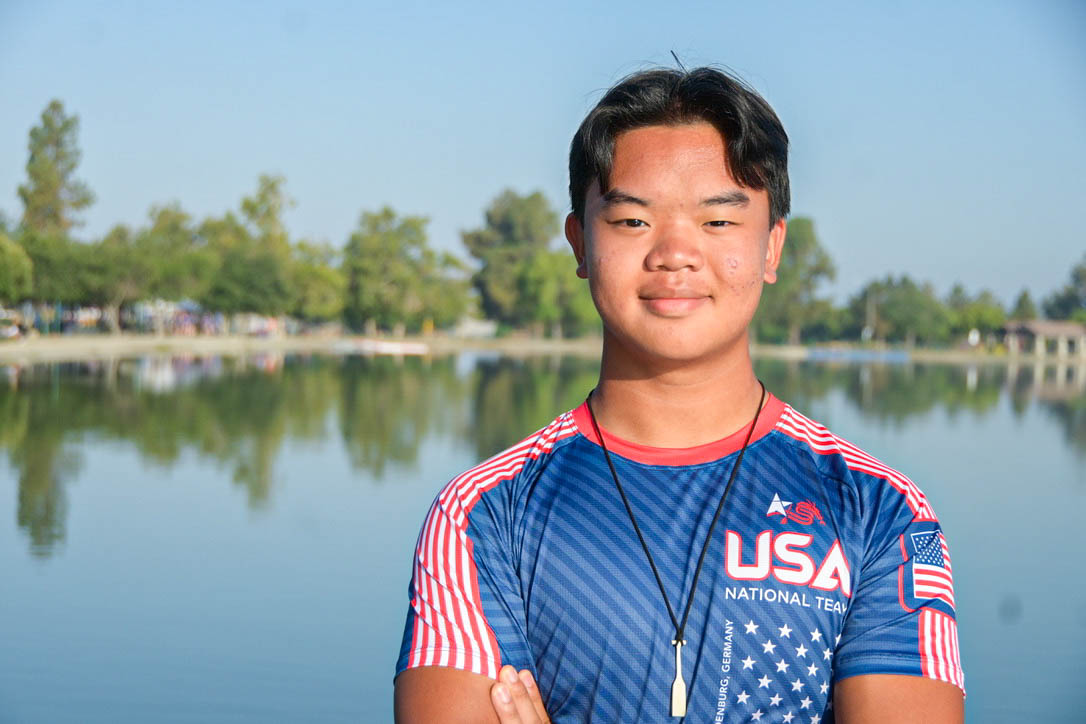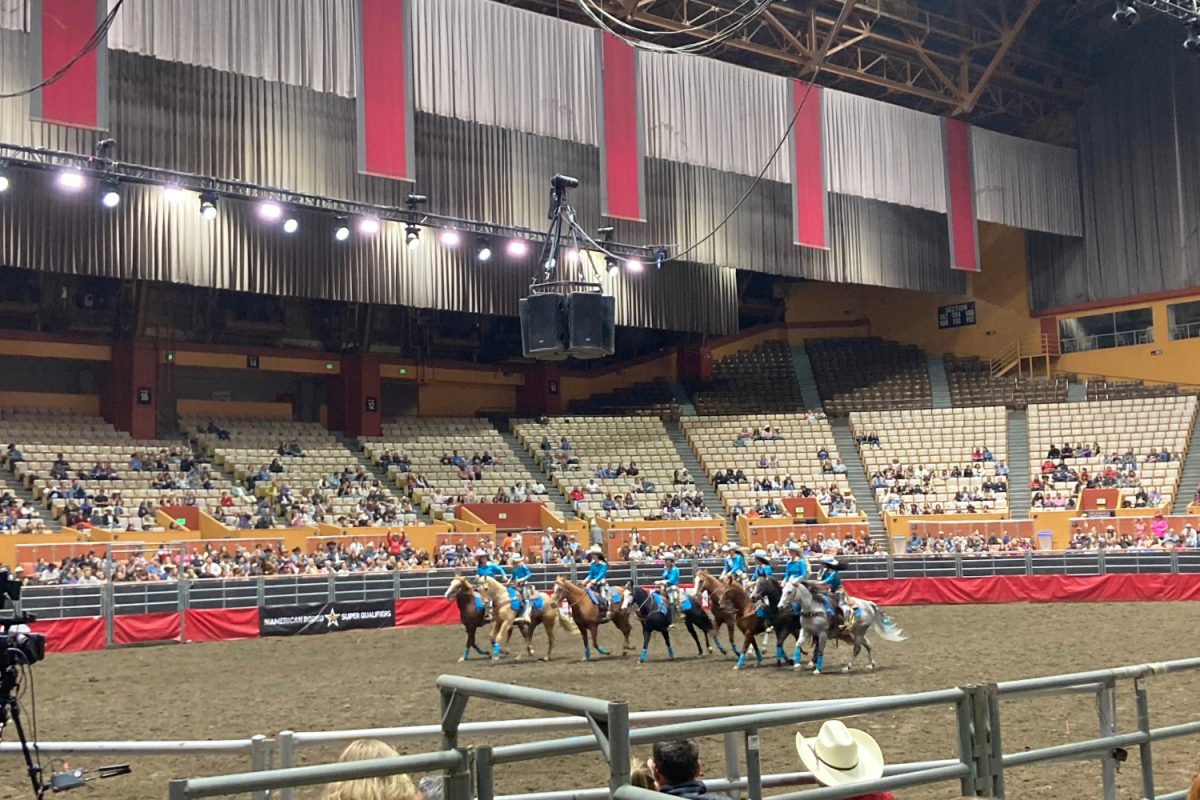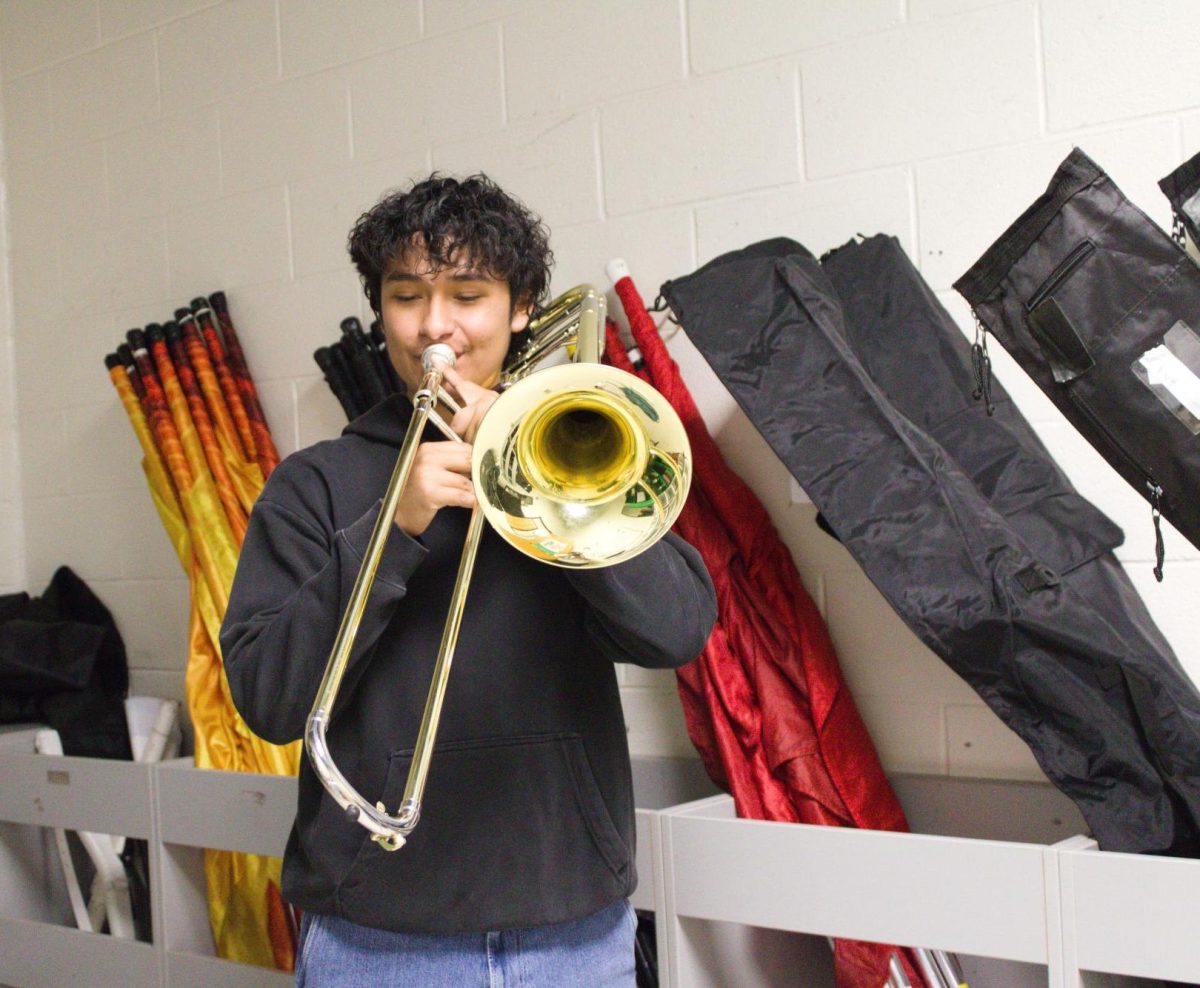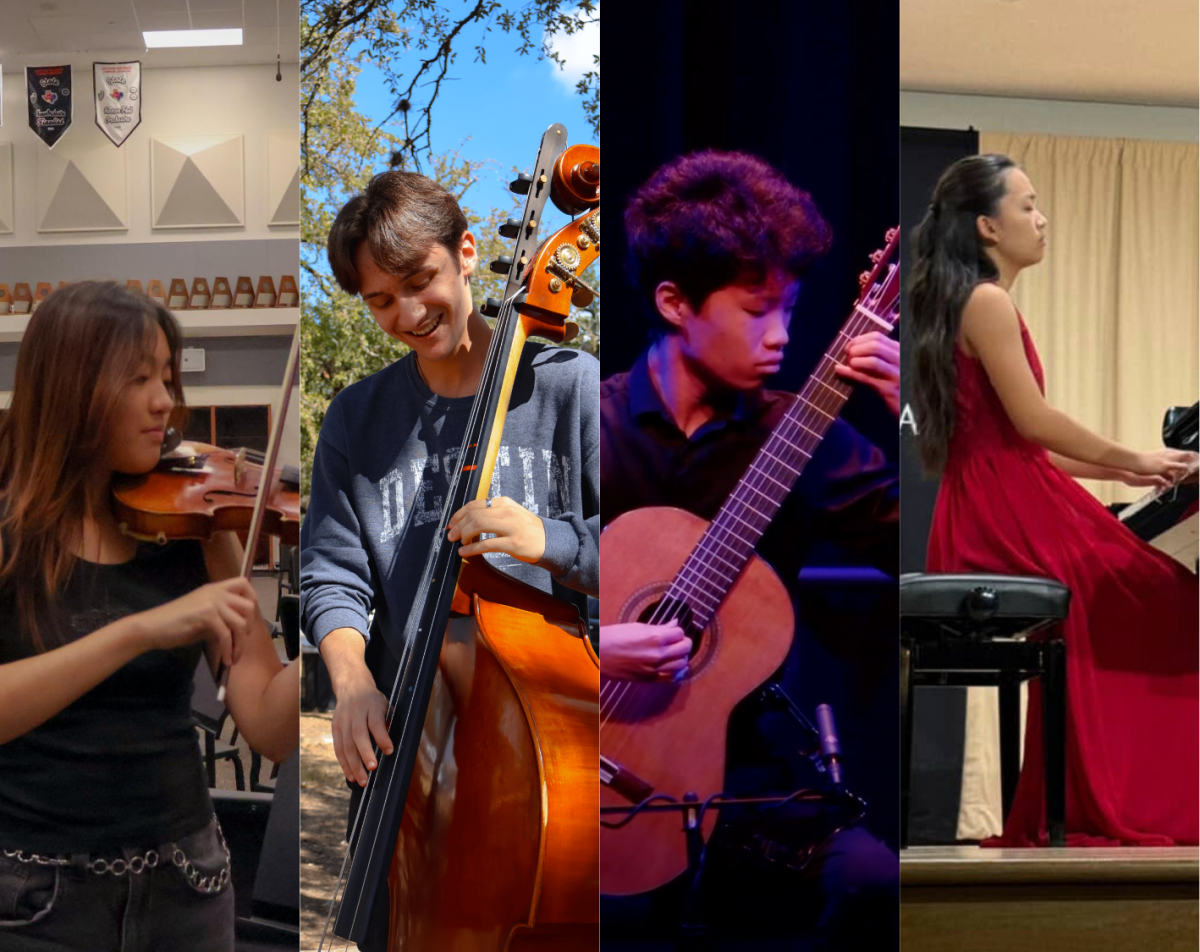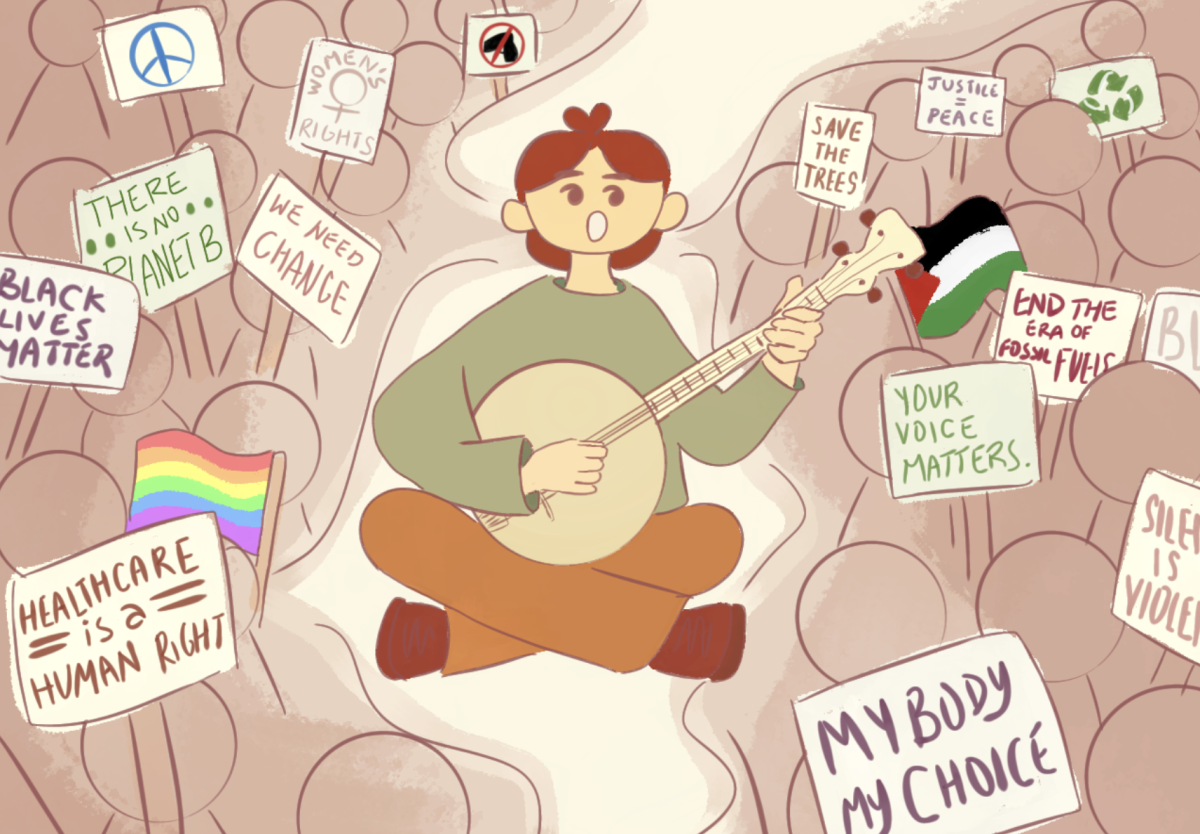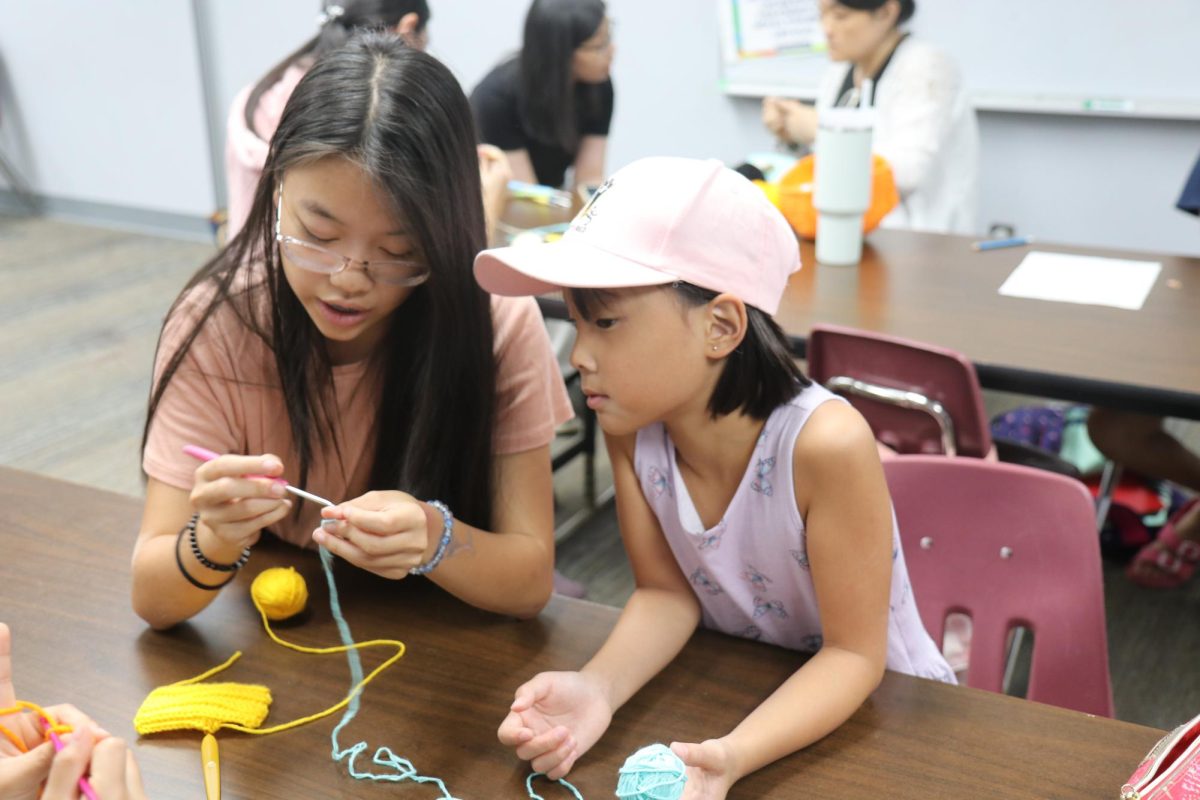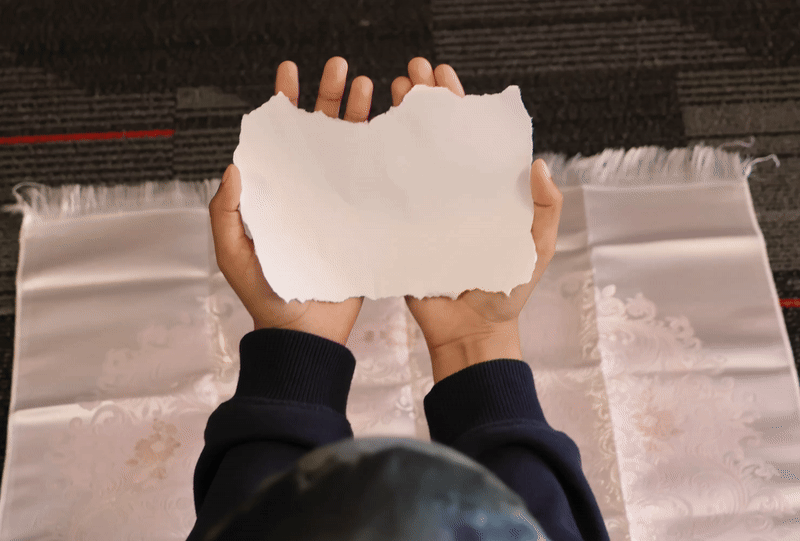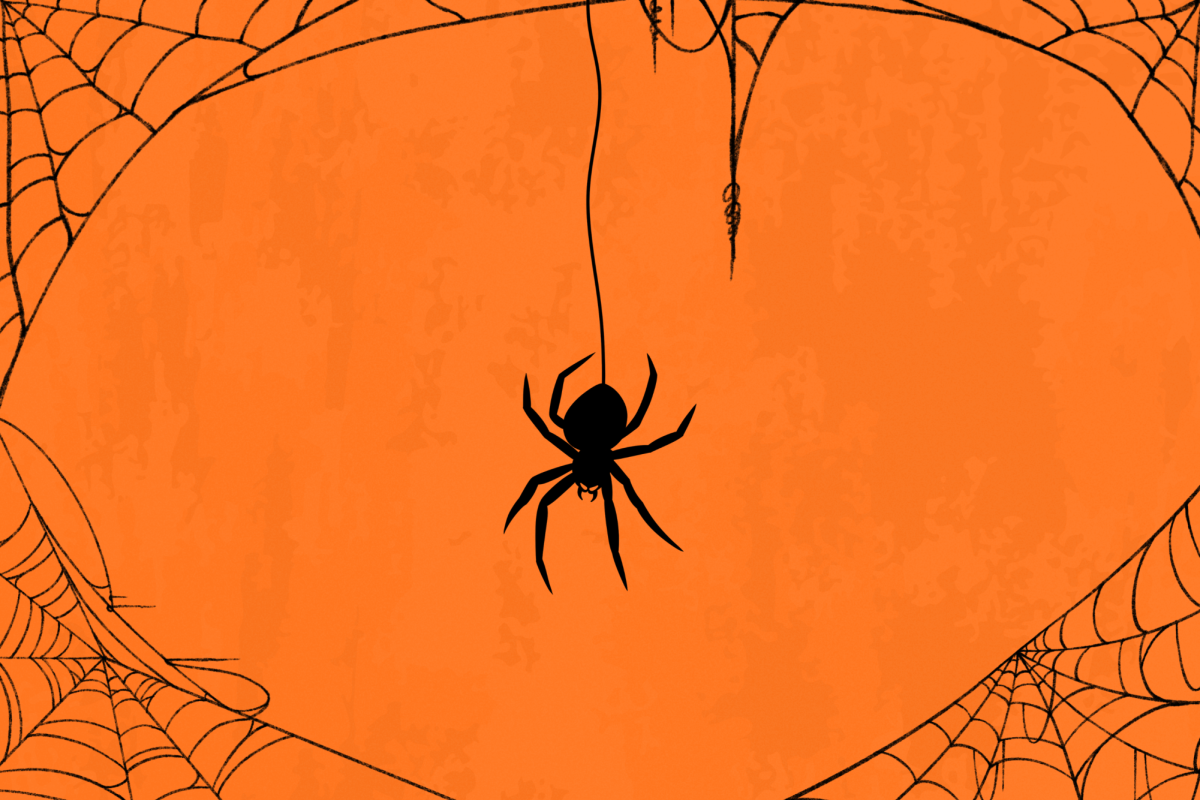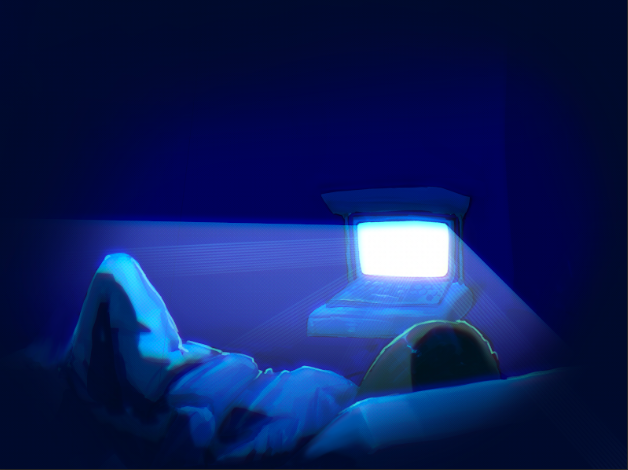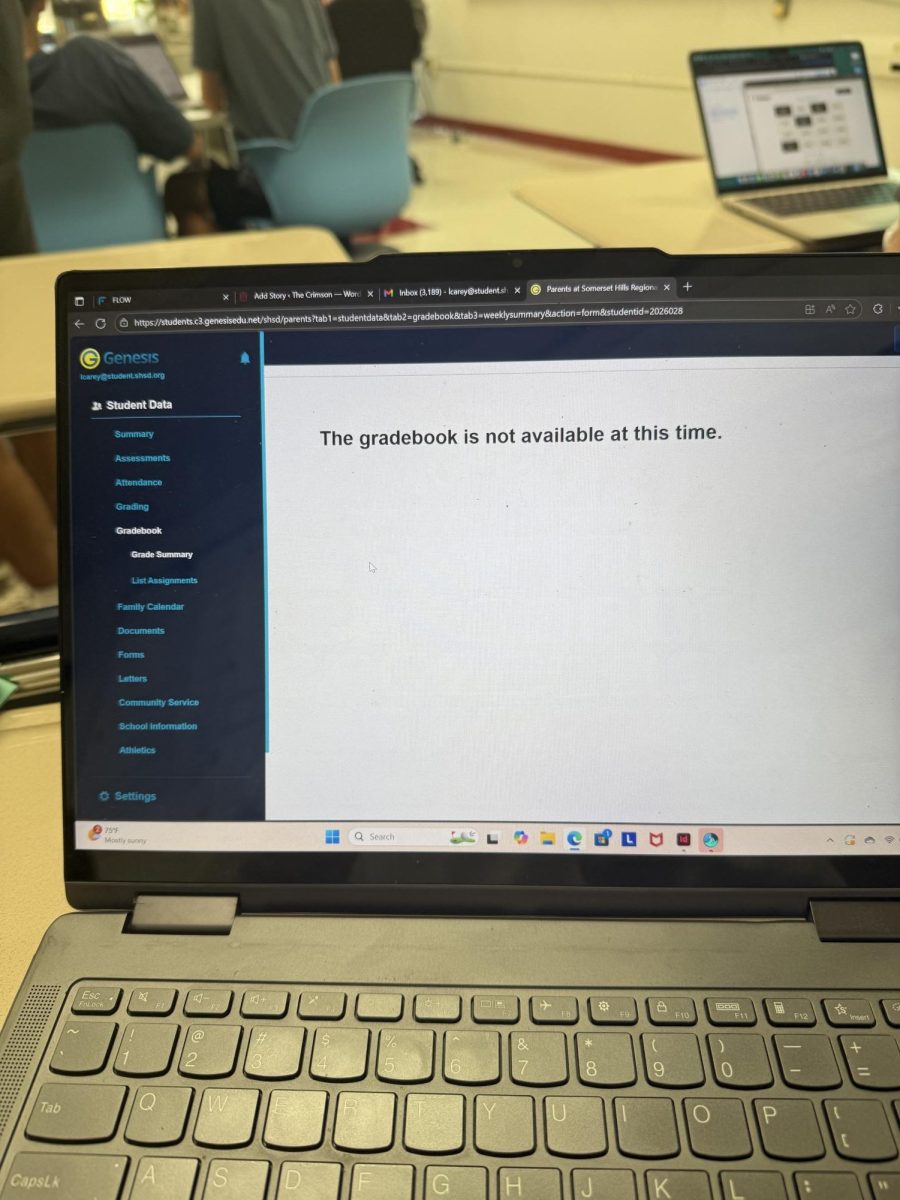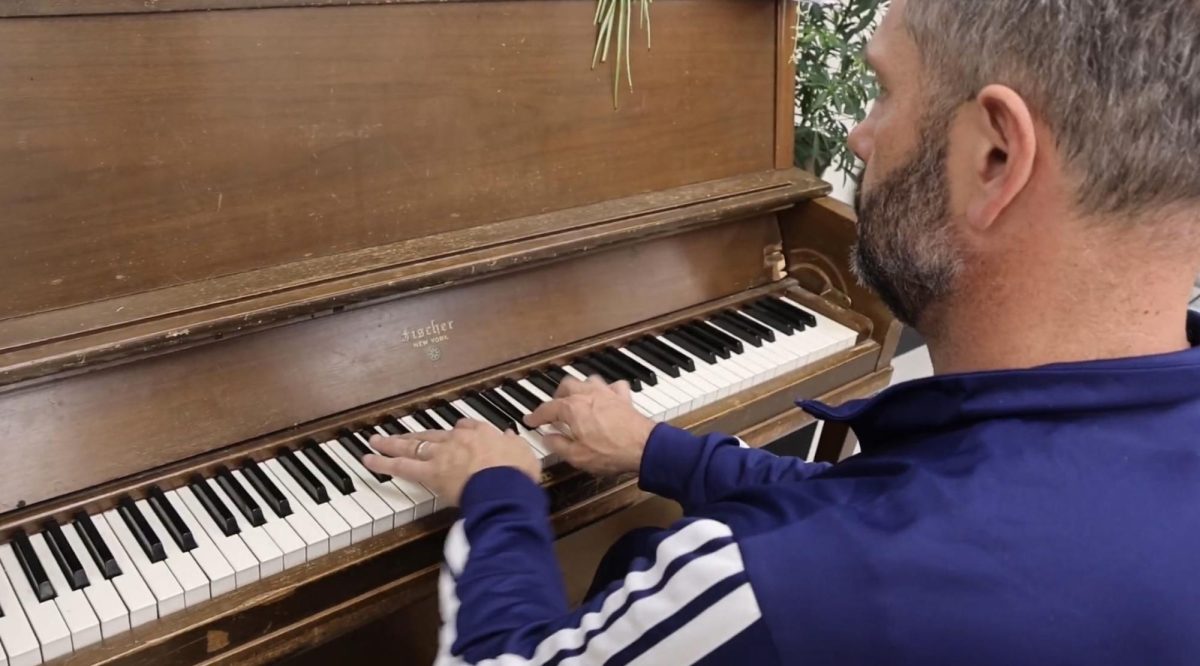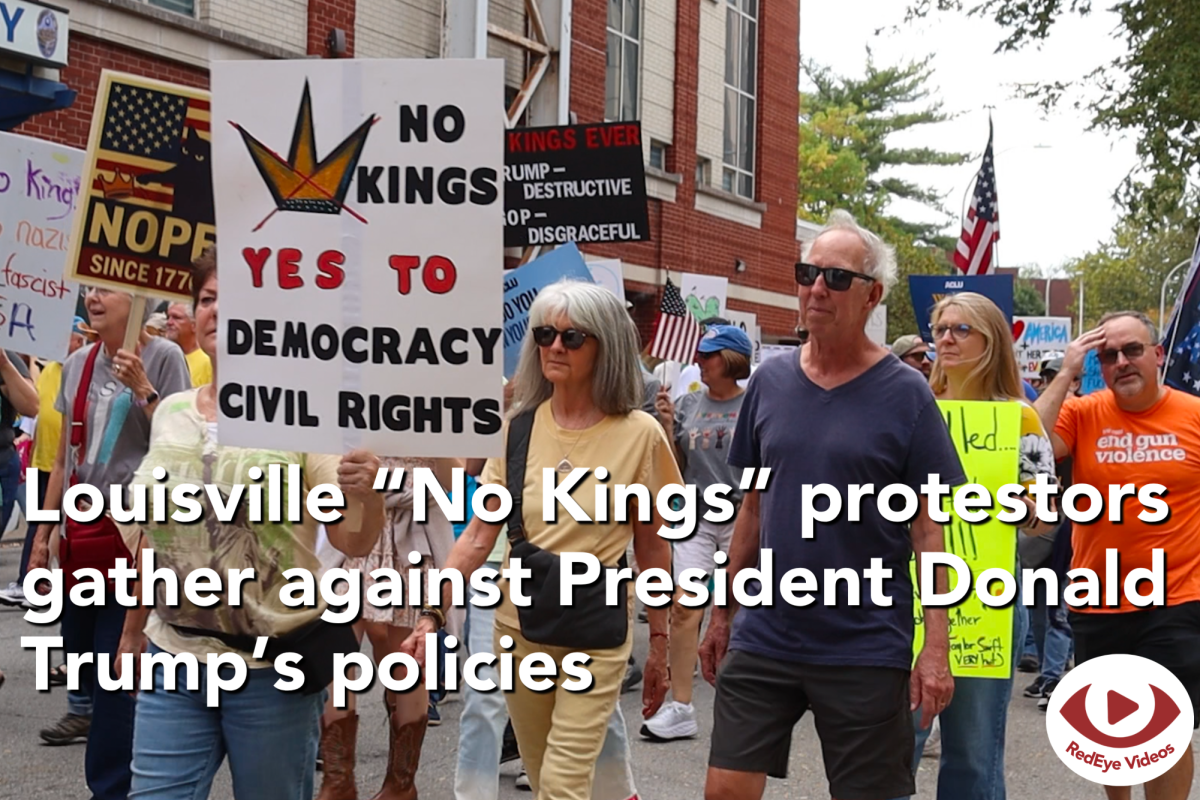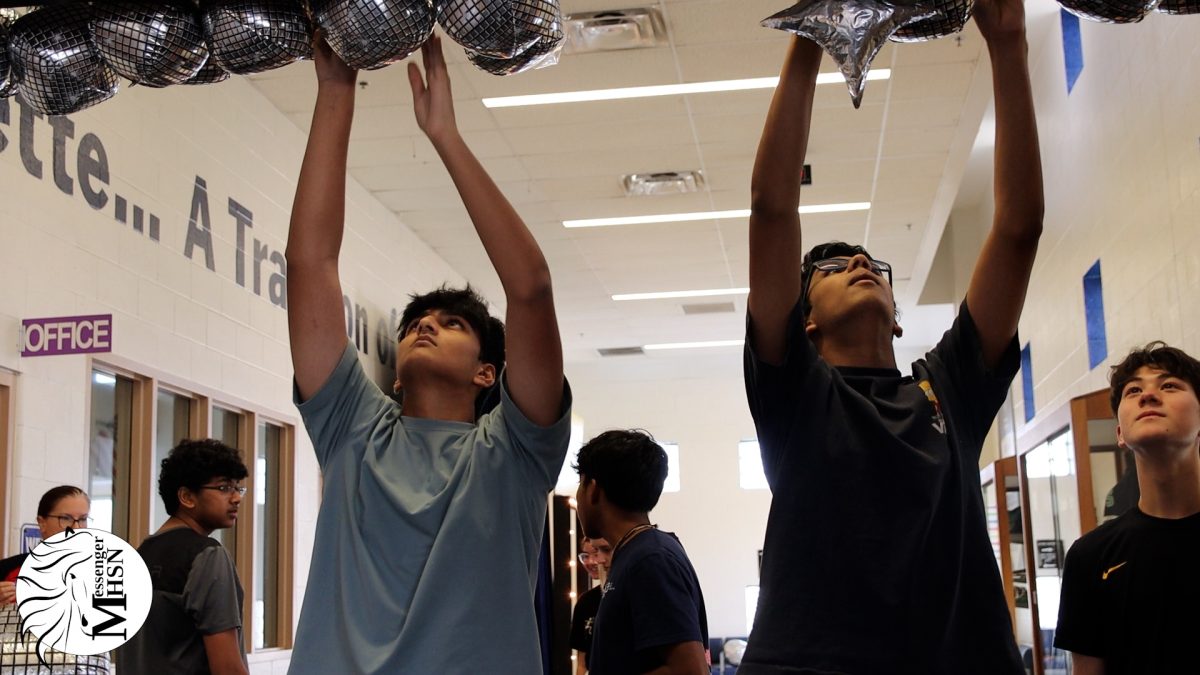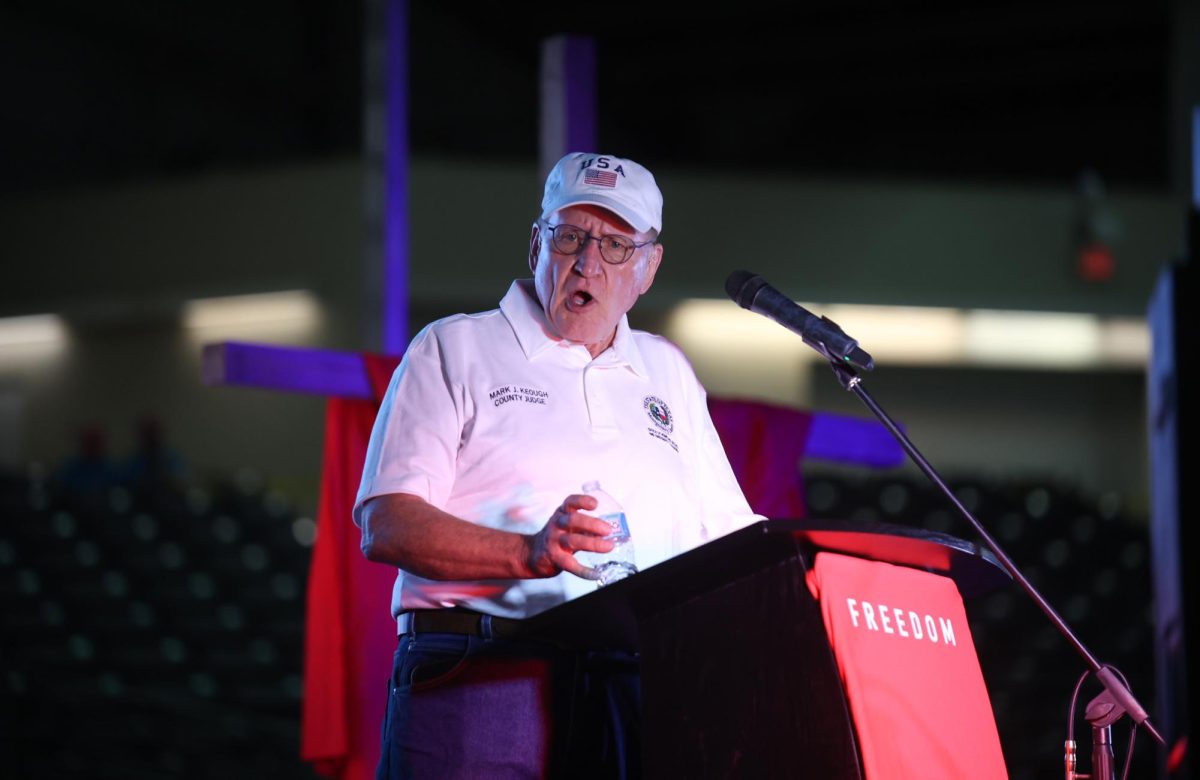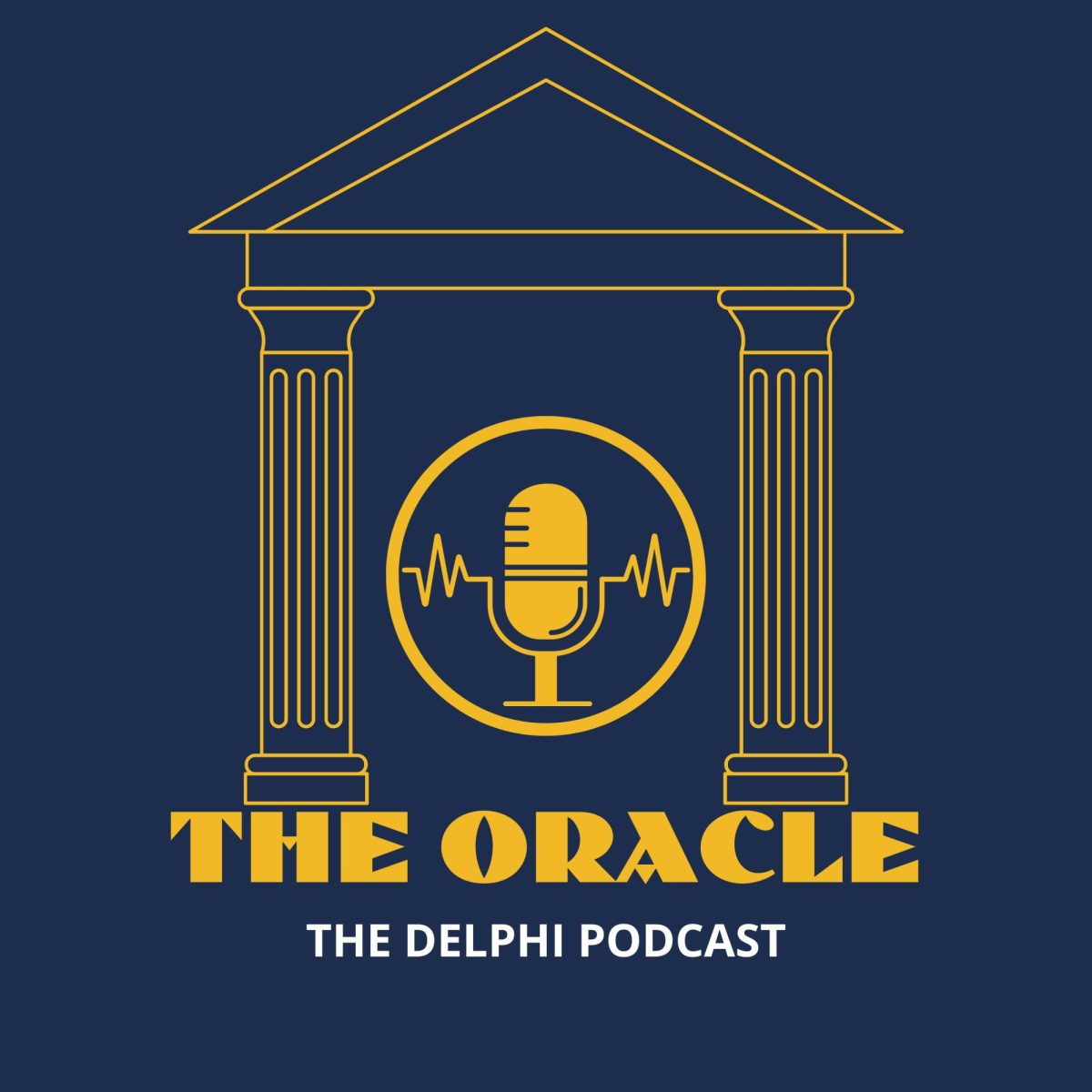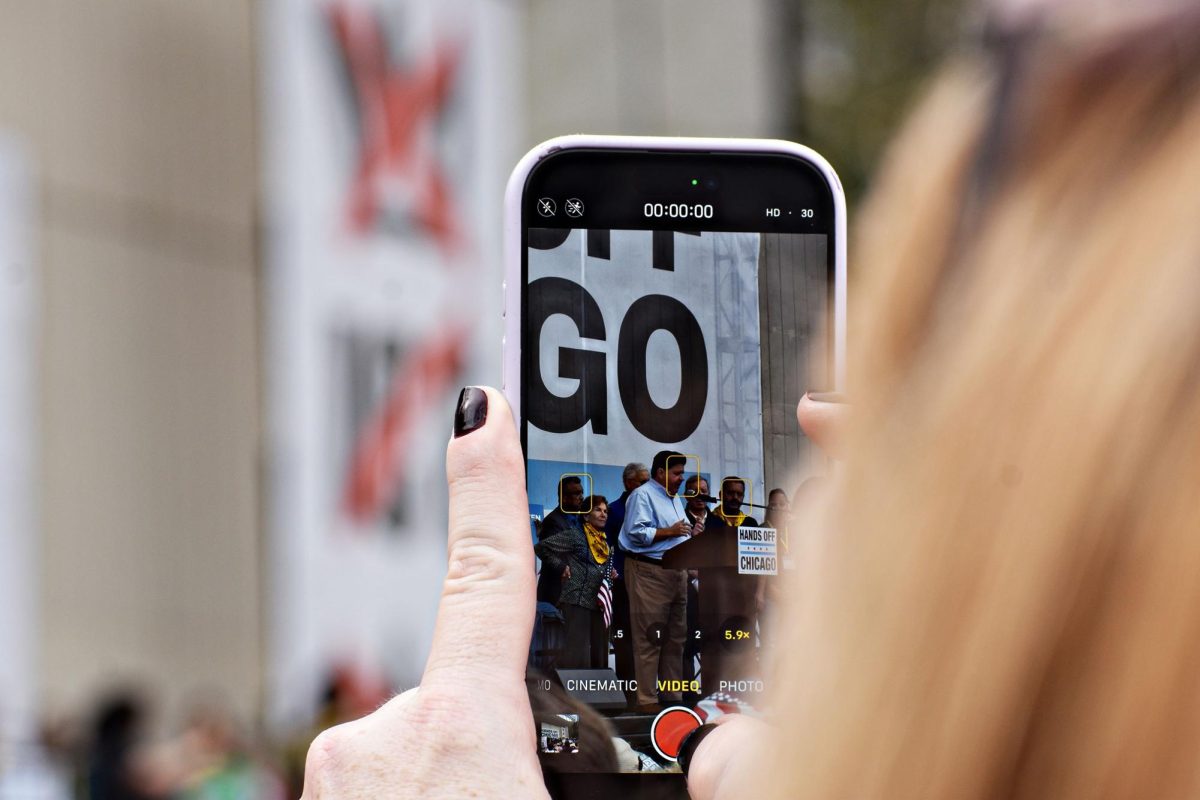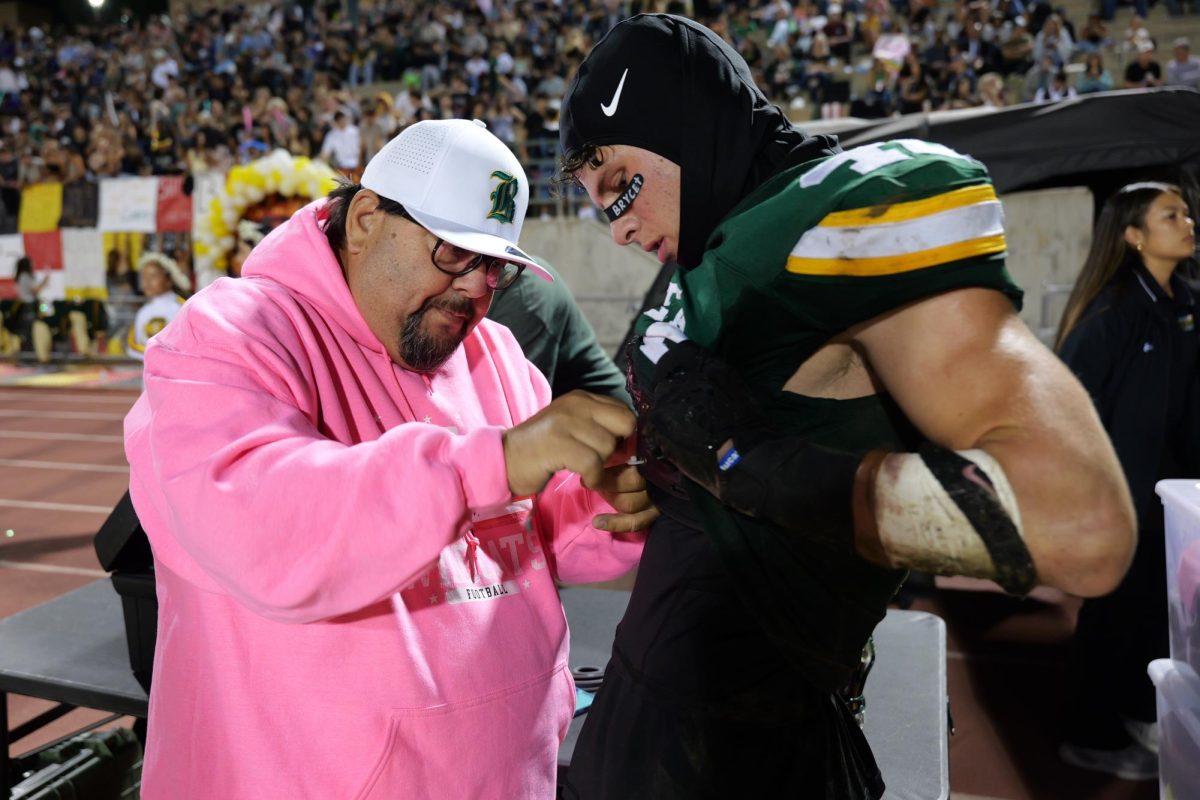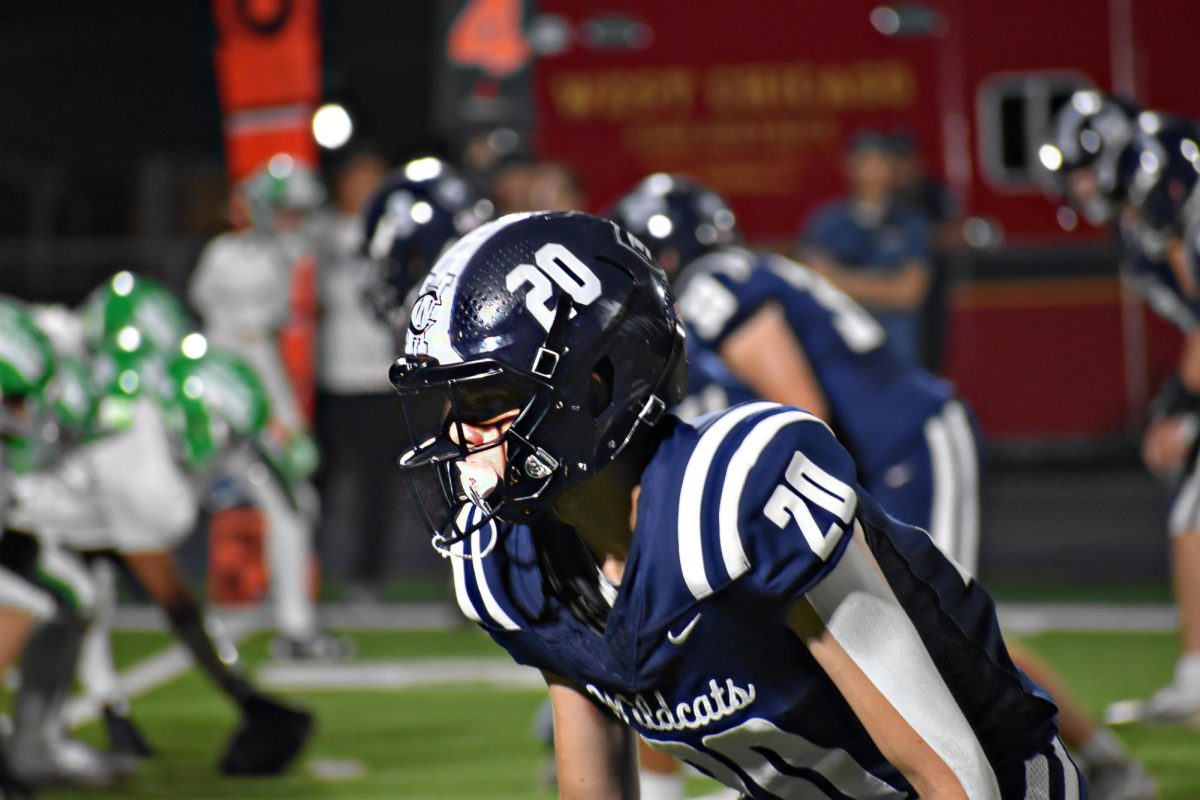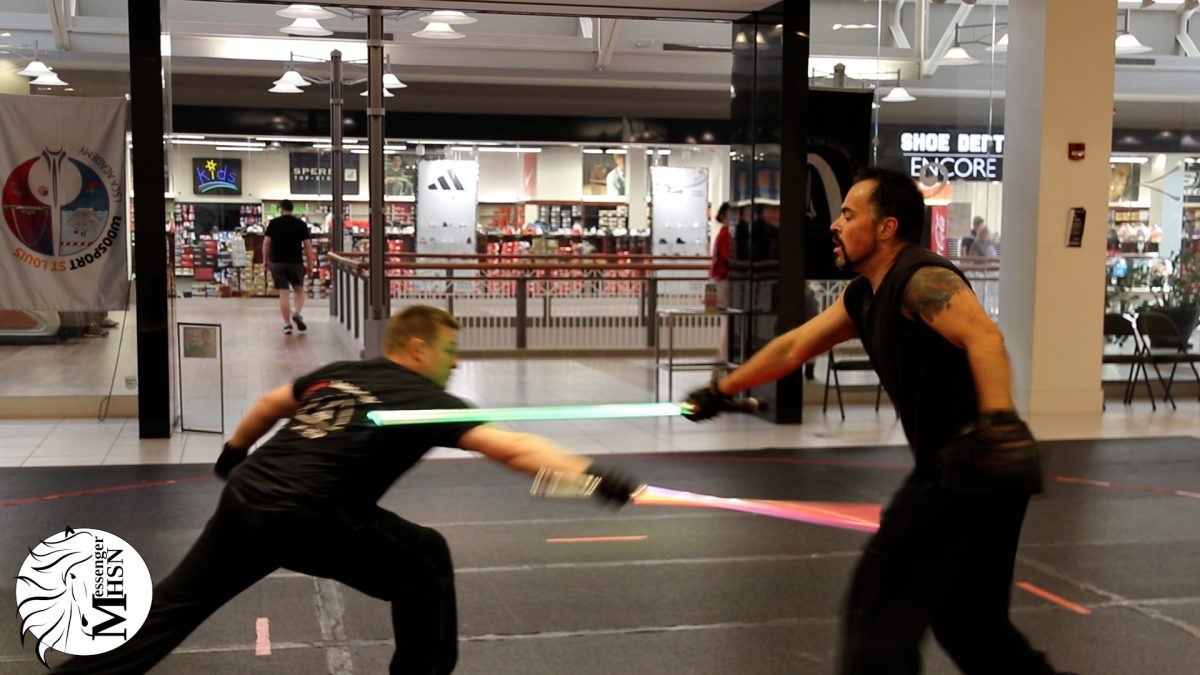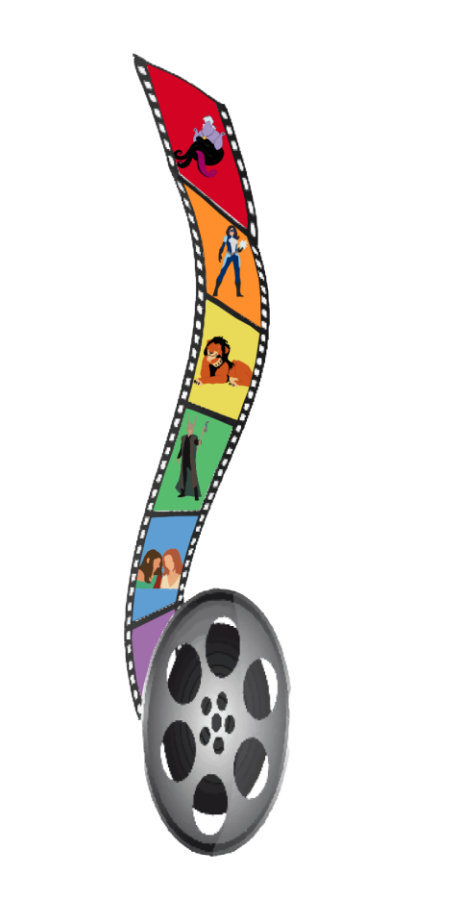The representation of the LGBTQ+ community in media
Graphic illustrations by Jasmine Rihal, Neha Ayyer and Deeksha Raj
Many film industries have started incorporating more LGBTQ+ characters into their scripts and schools are incorporating novels with queer characters into their literature curriculums, influencing audiences’ views on the queer community.
December 19, 2022
In Disney’s recently released movie “Lightyear,” a short clip of a kiss shared by two women garnered much controversy, as some believed that it was inappropriate for children and furthered an insidious agenda. Others thought that the clip was insignificant and Disney should have done more to be inclusive of the LGBTQ+ community. Many other film industries have followed Disney’s footsteps in incorporating more LGBTQ+ characters into their scripts, thus influencing audiences’ views on the queer community.
“Representation has gotten much better, but it’s not where it could be,” senior and GSA president Aarushi Desai said. “Making it less stereotyped, more normalized and having queer characters that are in the front and center of the screen are all things that could be improved.”
Beginning in the 1900s, restrictions plagued the portrayal of the LGBTQ+ community in mass media. The Hollywood industry implemented a strict set of moral codes called the Motion Picture Production Code which was rigorously followed until the 1970s. These guidelines detailed what movies were allowed to portray, specifically how evil characteristics should not be given to the hero. In other words, the audience should not sympathize with the story’s antagonist.
With much of society viewing homosexuality as a sin during this time, many movie producers curated villains with stereotypically queer traits, such as being flamboyant and not following gender norms. This led to a surge in queer-coding characters, which despite not being explicitly stated, the audience knows a character is queer based on subtext. Disney was a popular perpetrator of this trope, with characters like Ursula from “The Little Mermaid” and Scar from “The Lion King.”
Another trope that arise was queer-baiting — a marketing technique to make more people watch their show, where creators hint at but do not depict LGBTQ+ representation. A popular instance of this is Jane and Maura from the show “Rizzoli and Isles.” This program had many scenes depicting a possible relationship between these two women but played it off as a close friendship or joke.
“LGBTQ+ representation in media has the power to make the community feel seen,” sophomore Allison Pan said. “However, it also has the power to make people outside the community fear queer people a little bit more when the characters are portrayed in a negative way.”
Along with the negative depiction of queer people, there was huge backlash against the media representation of the LGBTQ+ community, with debate over whether certain movies should be allowed to be shown in theaters or to children. There was more positive portrayal of the queer community starting in the 70s, but true progress began in the 90s and early 2000s with shows such as Ellen and Buffy the Vampire Slayer. These TV programs displayed that being queer was not a bad trait and that people of the LGBTQ+ community are ordinary people as well.
Many pieces of literature have also been banned due to their inclusion of LGBTQ+ content. In 2016, a few public libraries across the U.S. moved their collection of Young Adult queer books to the adult section as parents did not want their teenagers to read books with LGBTQ+ themes. In 2022, the novel “Gender-Queer” was banned in various school districts due to outrage over the content of the book. Some school districts in California have pushed to ban LGBTQ+ content, such as “Carry On” by Rainbow Rowell and “57 Bus” by Dashka Slate — both titles featuring prominent queer characters.
“Many educators have tried to diversify their curriculum, and especially around here, changes have been made,” ninth grader literature teacher Terri Fill said. “However, other school districts and states ban, especially, books with queer characters, so the issue of representation in the curriculum is still controversial.”
Despite the fact that there was still a huge stigma against LGBTQ+ representation in the entertainment industry, many shows have begun incorporating more queer characters into their shows — and not solely as the antagonist. The release of the 1997 show “Buffy and the Vampire Slayer” resulted in the beginning of major acceptance of queer representation as one of the main characters, Willow, a queer young woman. DC’s famous superhero show “Supergirl” added the first transgender superhero, Dreamer, who was portrayed by a transgender actor, leading to an uprise of more queer main characters in shows which only increased during the 21st century. Examples of these include Will and Jack from “Will and Grace,” which was one of the first few shows with queer characters that were streamed on a mainstream channel, and the recent show “Heartstopper” which showcases many different aspects of the LGBTQ+ community and the struggles they face while being out in a homophobic school. Additionally, Disney now wants at least 50% of all their characters to be part of the queer community as a response to Florida’s new “Don’t say gay” law which is causing a radical shift for children’s films.
“The writers should avoid adding obvious tropes when writing LGBTQ+ into their media because it puts queer characters into a box, which is counterintuitive to the idea of writing them into media,” Pan said.
With major queer-focused shows on the rise, other forms of entertainment began following this trend. Video game companies have begun to add more queer characters for their players such as Fuse in “Apex Legends” and the upcoming addition of the first transgender character, Dreamer, in Fortnite. With all these forms of entertainment emphasizing more on queer representation, people became more welcoming of the idea of LGBTQ+ representation in the media.
“Seeing someone like you on screen feels good because it makes you feel seen and understood,” Desai said. “It’s easy to be isolated so it feels good that someone is acknowledging you, making you feel like your identity is valid and relevant.”
However, as more shows introduce the LGBTQ+ community, some shows and movies tend to highlight different identities over others. Many companies tend to focus more on relationships of gay, lesbian or bisexual sexual orientations than ones like trans, asexual or pansexual. As of 2018, in the most famous cable networks, 1% of characters are asexual and 2% are trans – the percentage of other identities excluding gay, bisexual, and lesbian is 5%, reported by GLAAD. This can especially be seen in CBS shows, which not only rarely have queer characters, but only show those who are gay or bisexual. Netflix and HBO have also recently canceled their shows “First Kill” and “Gentlemen Jack,” both revolving around a lesbian couple.
“A lot of the LGBTQ+ representation today is primarily focused on gay men rather than lesbian shows which skews the representation,” Pan said.
Nevertheless, broadcast networks and film companies are beginning to hire queer actors to play their queer characters — a progressive change from when the industry would hire straight actors to play the supposed antagonist with stereotypical queer qualities.
Contrary to Florida’s “Don’t say gay” law, schools are now beginning to incorporate novels with queer characters into their literature curriculums. In the 2021-22 school year, Lynbrook’s ninth-grade literature teachers added “Aristotle and Dante: Discover the Secrets to the Universe” by Benjamin Alire Saenz, a story about same-sex relationships and the struggles the two boys have to endure.
“Students’ identities are made of so many different facets, and it is important for kids to see themselves in books — in this case, specifically with queer representation, which is something that is not usually seen in the books we read in the classroom,” ninth and tenth-grade literature teacher, Anna Kirsh said.
LGBTQ+ representation in media is important as it impacts not only the queer community but also the younger generation. Although the increasing representation could be improved by showing more identities and aspects of the community, many entertainment industries are actively working on adding more queer characters without stereotypical traits, and the audience has been loving it.
“I know a significant portion of the students here at Lynbrook who are queer, even if they are not out yet,” Pan said. “It is really empowering to see that the school recognizes that we exist and is adding books with queer characters to make us feel more of a part of the school community.”
This story was originally published on The Epic on November 7, 2022.

